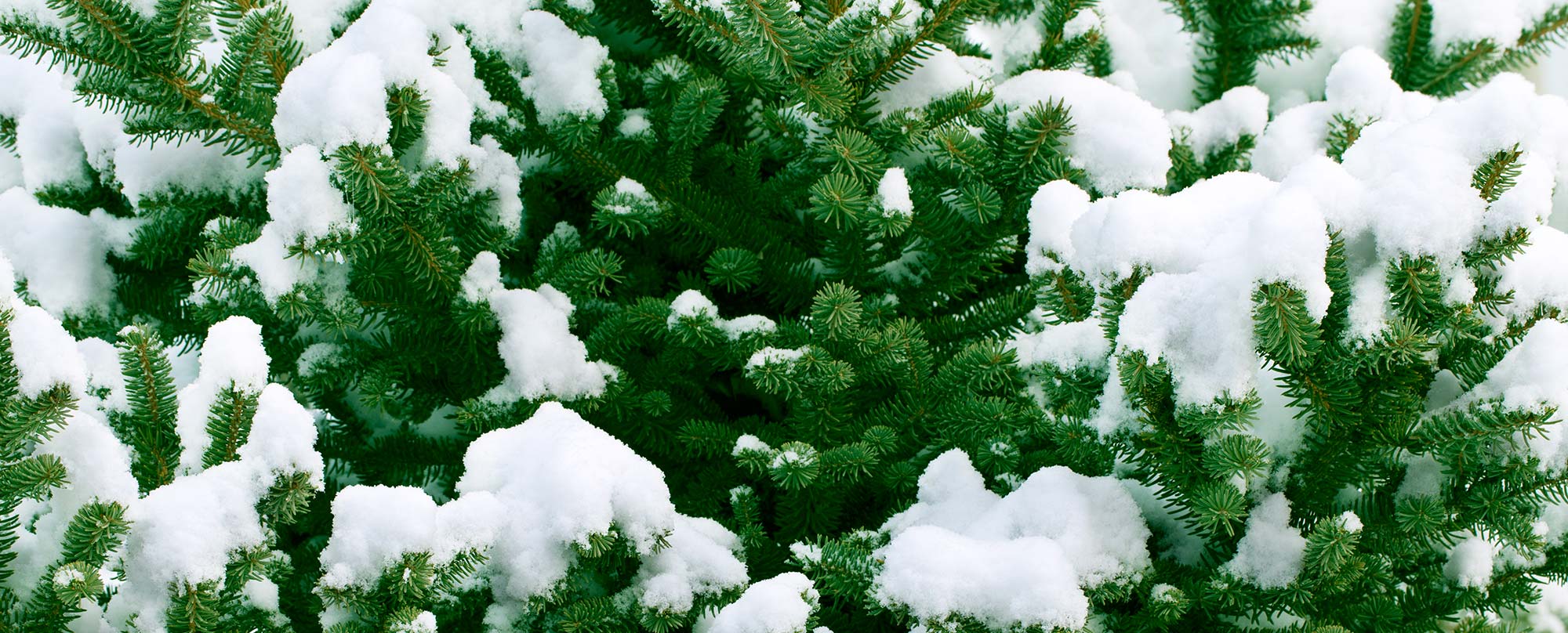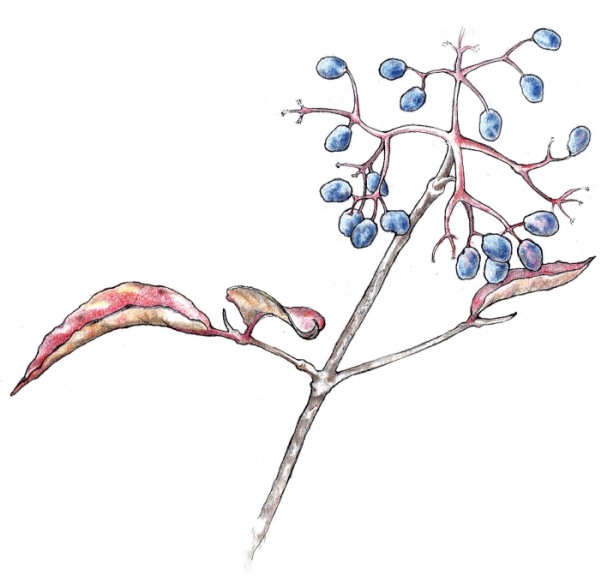Turning acorns, walnuts, wild rice, and other autumn staples into food requires time, tools, and expertise. For weekend foragers used to picking berries and greens, this labor can make autumn foraging seem daunting. But there are wild foods that can be enjoyed in autumn without so much practice or equipment. Our local viburnums provide some excellent examples.
The viburnums are a genus of thornless woody shrubs with simple, opposite, deciduous leaves that inhabit the moist woods of the Northeast. Not all species in this diverse group produce edible fruit, but several species in our region do.
To find wild raisin (Viburnum nudum var. cassinoides), search swamps and bogs for a tall shrub with rugged-looking, leathery, opposite leaves that bear clusters of small, snow-white, four-petaled flowers in June. Then watch those flowers develop into juicy-looking shiny, red berries through the summer.
But don’t get excited yet. Those delicious-looking red berries aren’t edible. Despite their appearance, they aren’t ripe. Be patient, and wait through September until the berries turn black and become wrinkled. The leaves will turn brownish-purple and begin to fall . . . and also stink. Wild raisins and other viburnums are renowned for an odor reminiscent of sweaty socks that graces autumn wetlands.
As unappealing as this may seem, the withered fruits of this stinking bush make a remarkably tasty food. They are good raw, but if you can gather enough of them, cooking enhances their flavor. Personally, I think they taste more like prunes than raisins. Each wild raisin contains a single, large seed, but the seeds are soft so I don’t bother removing them.
There is plant-to-plant variability, and it’s not uncommon to find wild raisin fruits that look mature early in summer, but their flavor is far inferior. It’s better to wait and harvest them in the fall.
Nannyberry (V. lentago) is a closely related, similar-looking species that grows in the same habitats. It can be told from wild raisin by its long-pointed leaf-tips and finely and sharply toothed leaf margins. (Wild raisin’s leaves are variably wavy, entire, or bluntly toothed.) Nannyberry’s berries are bigger and they house a bigger and harder seed. Unlike with wild raisins, these seeds must be removed.
A third species, hobblebush (V. alnifolium), also grows in moist woods and has bigger, less waxy, heart-shaped leaves. It’s a low-growing, scraggly shrub. Its odd, scaleless buds are distinctive, and its flowers are much larger than those of either nannyberry or wild raisin. Despite their differences, the resemblance of these three close relatives to each other is clear, and their fruits can be enjoyed in much the same way.
The texture of viburnum fruits is more date-like than berry-like. This may be why the berries keep so well. They last for weeks on the bush or in the refrigerator. It may also be why some foragers consider them poor candidates for jams and jellies and opt instead to mash them into a thick puree.
Leaching acorns, cracking nuts, milling seeds, and digging roots, can make autumn a busy season for the forager preparing for winter. But amidst the bustle, viburnum fruits remind us to pause and enjoy the sweetness of the season.



Discussion *